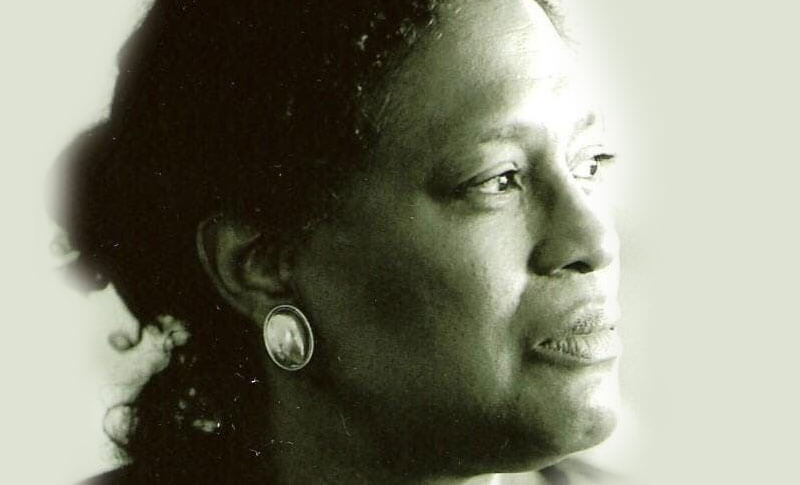Councils Celebrate Black History Month
In February, the humanities council community commemorates the critical contributions, lived experiences, and cultural heritage of Black Americans who have shaped the country’s history and are continuously forming the future. Entering a third year of the COVID-19 pandemic, which has compounded long-standing health disparities among Black communities, Dr. Martha Bireda reminds us in her presentation on “Powerful Doctoring Women” hosted by Florida Humanities, that it was Onesimus, an enslaved African, who first introduced the life-saving science of inoculation to the United States in the early 1700s.
Part of their sobering series Rememory: haunting, trauma, and historical fiction, Illinois Humanities explores intersections of Chicagoan culture, science fiction, art, and Afrofuturism in a virtual conversation with scholars Ytasha Womack and John Jennings. In this thought-provoking discussion, Ytasha Womack defines Afrofuturism as “a way of looking at the future or alternate realities through a Black cultural lens” – not only is it an artistic aesthetic, but a methodology, a practice, and a mode of healing for the imagination. Expanding on this definition, Womack describes Afrofuturism as a wheel wherein Black culture (inclusive of Black people around the globe) is at the center. The interweaving spokes of the wheel include: imagination; liberation; technology; and mysticism.
Building on these spokes, John Jennings considers the vast legacies of ancestral technologies, noting, in the words of “the Data Thief,” a time-traveling archeologist from John Akomfrah’s 1997 film Last Angel of History, that the Blues are indeed “a Black secret technology.” How might musical traditions function as technologies for speculating better futures? Listeners are reminded that “everyone has a relationship to their own future,” as Womack says, “Regardless of where you are in the world and what culture, [it’s] a part of how you identify, and because of that, there are these works that are symbolic of a person looking to see where they are in time and space.” In this sense, it is not only the past that is informing our present moment, but the future is too.
While Afrofuturist imagining is most commonly understood to take place in one’s head; in one’s thoughts, Womack and Jennings discuss how dance movement also articulates Afrofuturism as an embodied experience. Dance is a space where complex rhythms play out, paving pathways for epiphanies, emergence, and a grounded, “interdimensional” sense of self. Jennings emphasizes dance as a “liberatory technology,” perhaps for writing the future, as he notes that the definition of choreography literally means “dance writing.” “The thing about dance is that it claims both futures and pasts,” says Womack. It is a space to relate to the revelatory intelligence of the body and the importance of nonlinearity in carrying the best of the past forward for the future.
Embodying creative nonlinearity, the Minnesota Humanities Center also traverses the magic of Black music and identity with legendary vocalist Thomasina Petrus and her play on jazz hero, Billie Holliday. Regardless of the time, Petrus urges listeners to “start where you are, use what you got, and do what you can” while being thoughtful with our footprints, which will always remain.
In honor of Black life, bold futures, and the history being built today, councils continue to commit to the year-round work of uplifting Black voices and visions. For example, California Humanities’s Humanities for All Quick Grant projects recognize the work of African American community members, elders, artists, and civil rights leaders as vital to the humanities in American life. Centering and celebrating Black voices continues to move forward within humanities councils’ work.
Written by Jazzy DiMeglio


